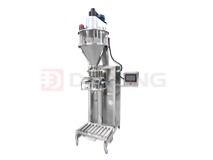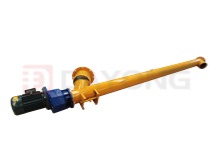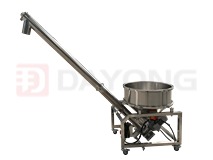Screening Process:
An Indonesian customer wants to screen about 100 kg of chestnuts. We recommend using a vibrating screen for screening. The following is a suitable screening process:
Step 1: Place the chestnuts to be screened into the feed port of the vibrating screen.
Step 2: The vibrating screen screens the chestnuts through vibration force, retaining larger particles on the upper layer of the screen and smaller particles falling through the screen.
Step 3: The separated larger particles can be collected through the discharge port, while the smaller particles can continue to the next step of processing or packaging.
Equipment Selection:
To meet the needs of Indonesian customers, we recommend choosing a one-meter, two-layer vibrating screen made of stainless steel. The following are some key points for equipment selection:
Size selection: Considering the output and work efficiency, a one-meter screening width is sufficient to meet the screening needs of about 100 kg of chestnuts.
Layer selection: A two-layer vibrating screen can increase the screening area and improve the screening efficiency. At the same time, it can also perform screening of different mesh sizes as needed.
Material selection: The use of stainless steel ensures the corrosion resistance and hygiene of the equipment, while being easy to clean and maintain.
By selecting appropriate equipment and adopting reasonable screening processes, Indonesian customers can effectively remove impurities such as dirt from chestnuts and improve product quality and market competitiveness.





 (Live chat)
(Live chat)
_213x160.jpg)




 +86-15136770681
+86-15136770681 sale@vibratingscreen.cc
sale@vibratingscreen.cc +86-373-3669006
+86-373-3669006 From West Room 5, 1st Floor, Building 18, Huilong Yangguang Mingyuan, New District, Xinxiang, Henan, China (Mainland).
From West Room 5, 1st Floor, Building 18, Huilong Yangguang Mingyuan, New District, Xinxiang, Henan, China (Mainland). Your Position:
Your Position:


